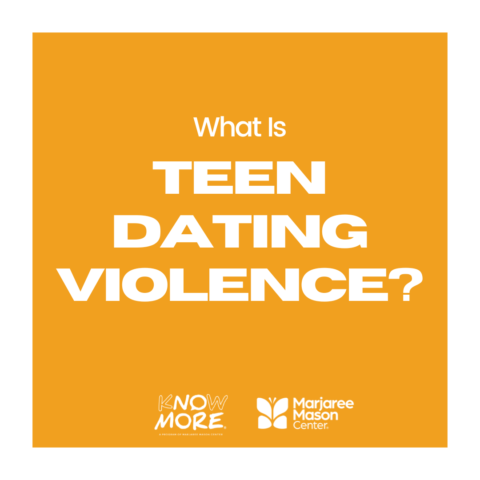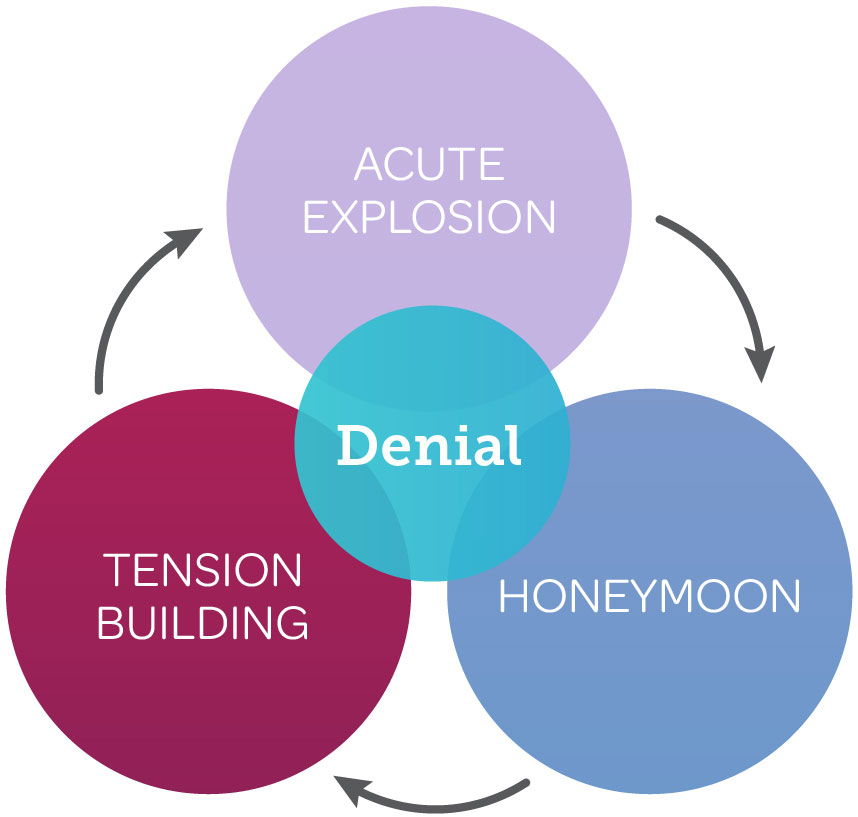
Stay Informed
Creating a community free of domestic violence requires continual information sharing and dialogue. Stay connected with us through the information resources on this page and – please – share what you learn.
Stay Informed
Join Our Email Newsletter
What is Teen Dating Violence?

What is Teen Dating Violence?
Teen Dating Violence is defined as a pattern of abusive behaviors used to exert control and power over a dating partner. It can affect anyone, regardless of gender, race, or sexual orientation, and it often starts in subtle ways. Teen dating violence can manifest in various forms, including physical, emotional, sexual, or digital abuse.
Types of Teen Dating Violence (TDV)
- Physical Abuse
Physical abuse involves hitting, slapping, pushing, or any other form of physical harm. It may also include damaging property or using weapons to intimidate or harm the partner.
- Emotional/Verbal Abuse
Emotional or verbal abuse is often less visible, but just as damaging. It includes name-calling, insults, humiliation, constant criticism, and manipulating the partner's emotions to create dependency and fear.
- Sexual Abuse
Sexual abuse involves any non-consensual sexual act or behavior. This could include forced sex, coercion, or using guilt or threats to pressure the partner into sexual activity.
- Digital Abuse
Digital abuse has become more prevalent with the rise of social media and smartphones. It can include stalking, sending harmful messages, spreading rumors online, or using technology to control or monitor the partner's actions.
- LGBTQIA+
Threatening to “out” someone, referring to their partner as their “dead name” or wrong pronouns, withholding hormones, binding material etc.
Signs of Teen Dating Violence
Recognizing the signs of teen dating violence can be challenging, especially for young people who may not fully understand what a healthy relationship looks like. However, there are key red flags to watch for:
- Isolation: A partner who limits a teen’s social circle, discourages friendships, or controls where they go and who they talk to.
- Jealousy or possessiveness: Overly controlling behaviors, such as checking phones, monitoring social media, or accusing a partner of cheating without cause.
- Excessive criticism: Constantly belittling, name-calling, or making the partner feel worthless.
- Fear of their partner: A teen may express fear or anxiety about making their partner angry or upsetting them.
- Physical signs: Unexplained bruises or injuries, especially if a teen becomes defensive or avoids talking about them.
If you notice these signs in a teenager you know, it’s important to address the situation with care, providing support and connecting them with trusted resources.
Resources for Students, Parents, and the Community
This February, as we observe Teen Dating Violence Awareness Month, we will be sharing helpful resources for students, parents, and the wider community. These resources will help teens understand what healthy relationships look like, offer tips on how to spot red flags, and provide guidance on how to get help if they or someone they know is facing dating violence.
If you or someone you know is experiencing violence in their relationship and needs someone to talk to, please call our 24/7 helpline at 559.233.4357 or email help@mmcenter.org. Our helpline is 100% confidential, including to teens and anyone who might need help.
